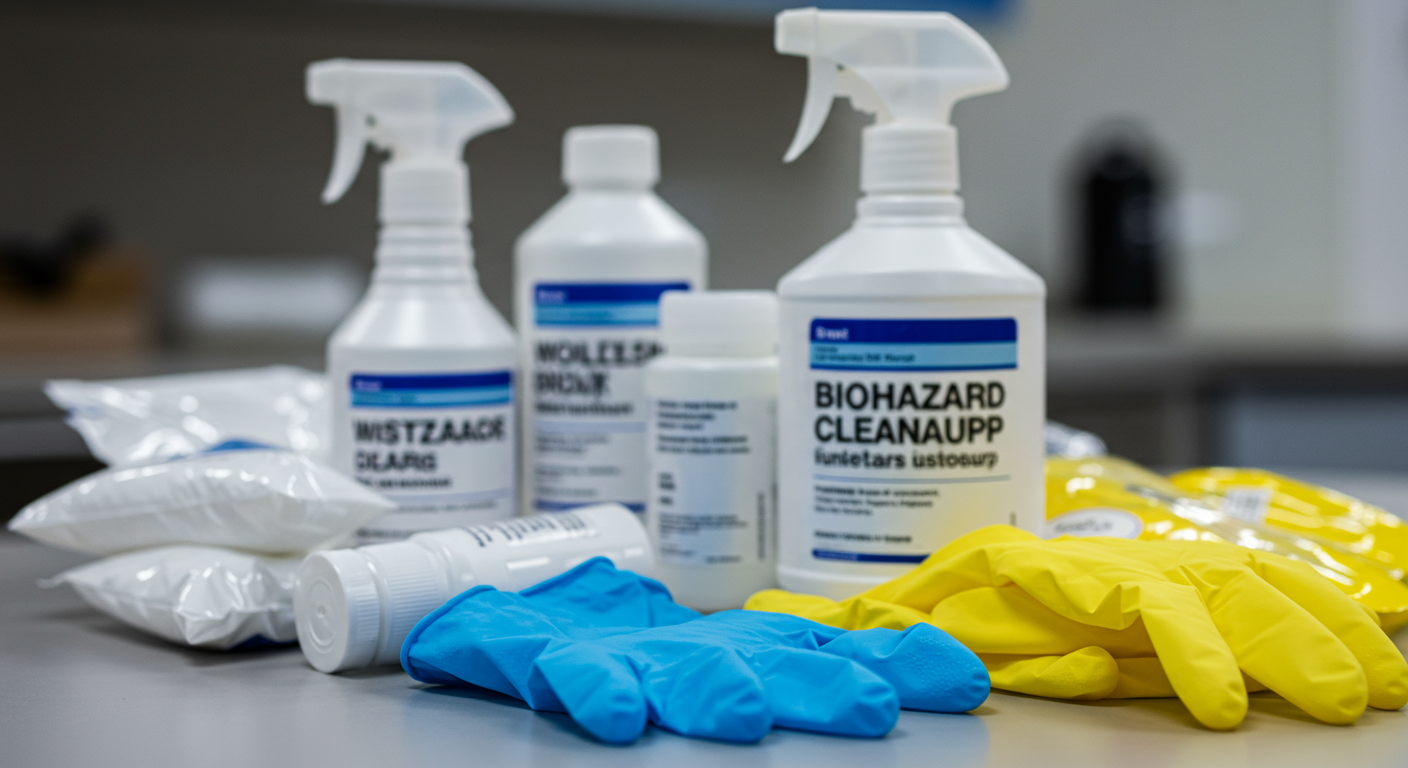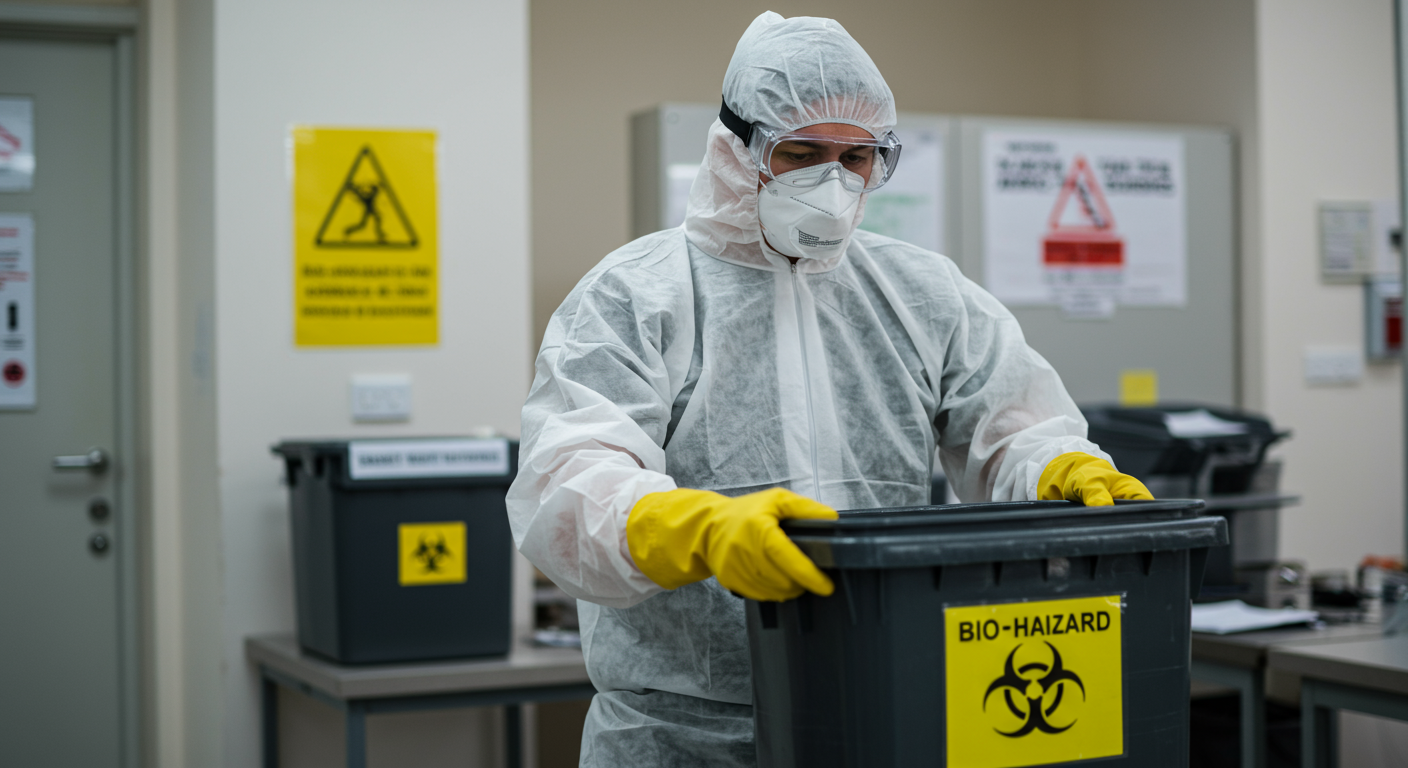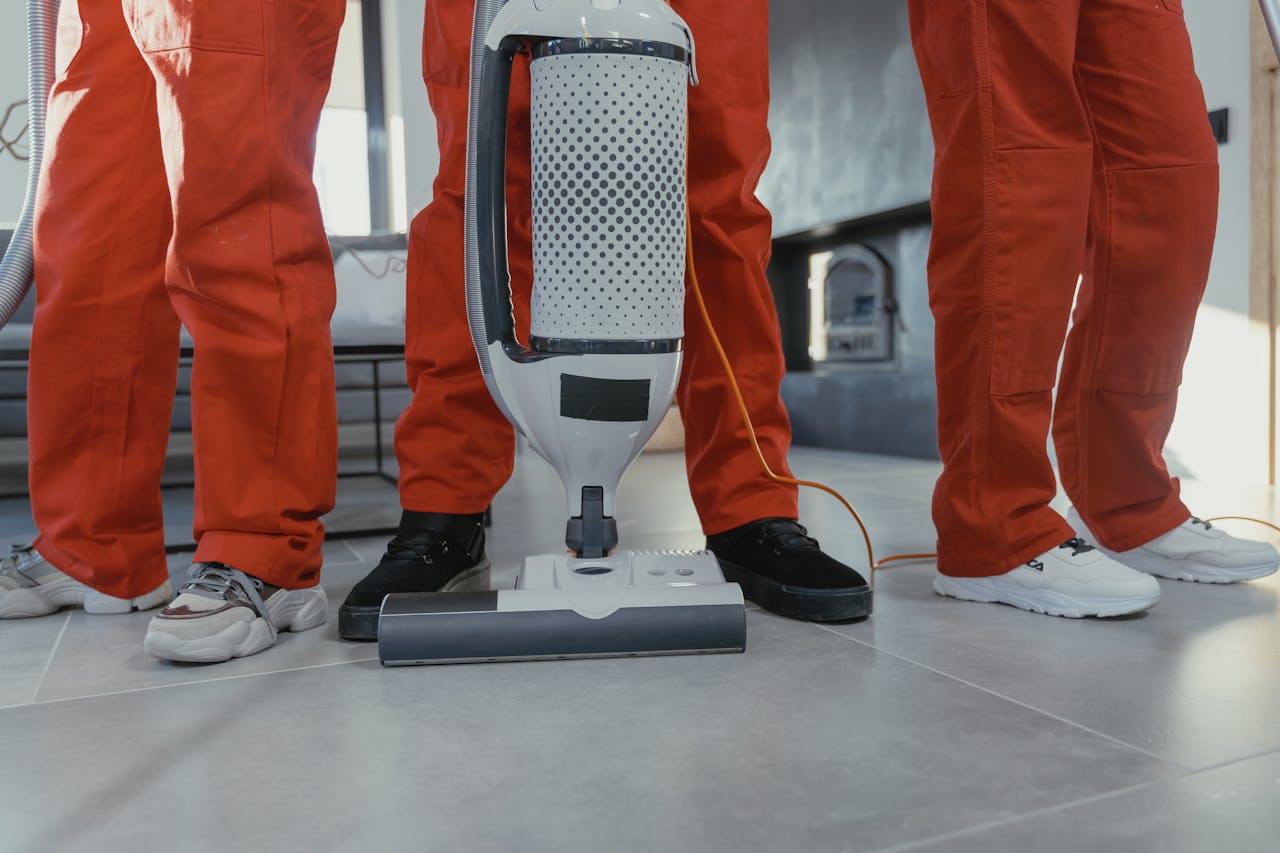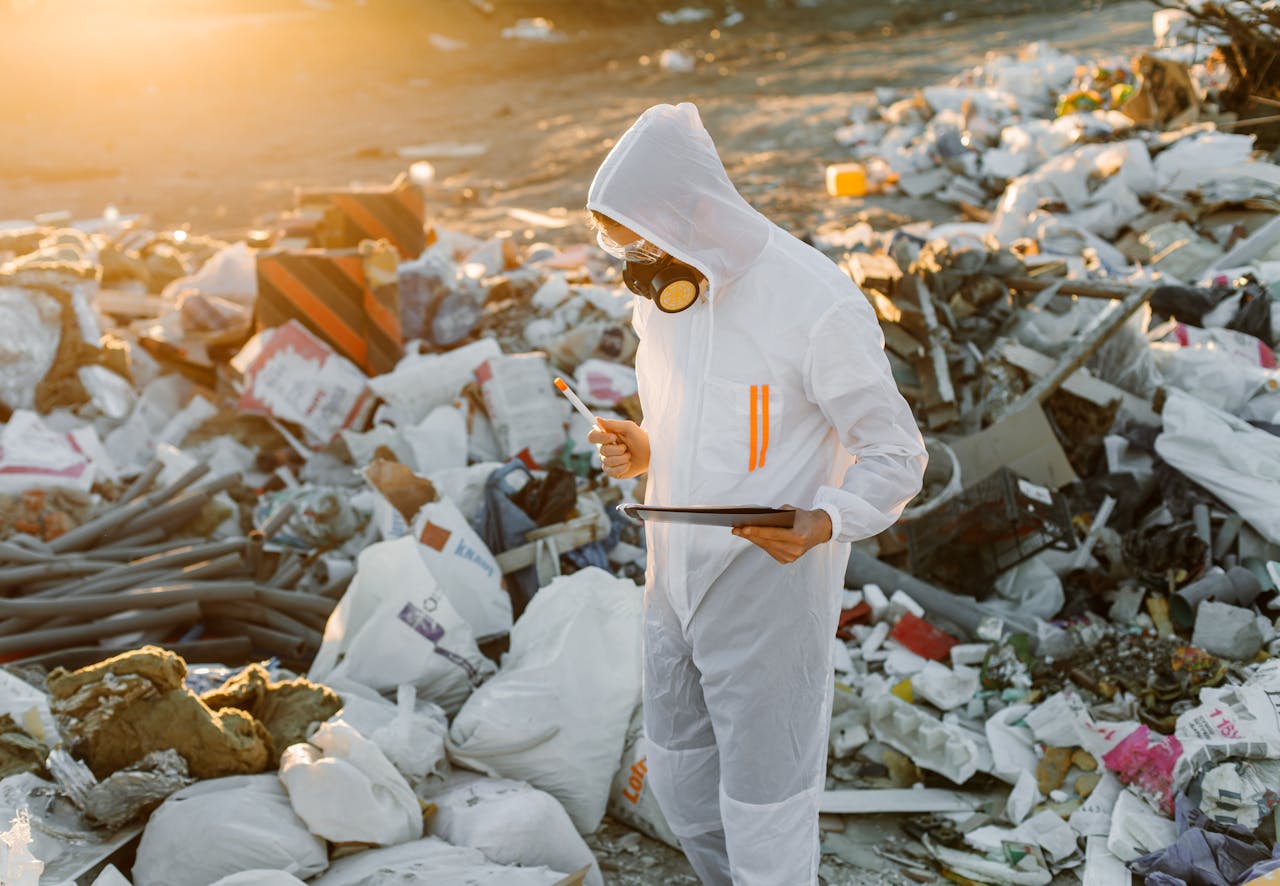Cleaning biohazard waste is a critical task that requires precision, safety, and adherence to strict protocols. Whether dealing with medical waste, bodily fluids, or hazardous materials, understanding the proper procedures is essential to ensure safety and compliance. This guide provides a comprehensive overview of biohazard cleanup, from preparation to professional assistance.
Understanding Biohazards
Definition and Types of Biohazards
Biohazards, or biological hazards, refer to substances that pose a threat to human health or the environment. These include pathogens like bacteria, viruses, and fungi, as well as biological toxins and contaminated materials. Common examples include medical waste, bodily fluids, and sharp objects like needles.
Risks Associated with Biohazardous Materials
Exposure to biohazardous materials can lead to severe health risks, including infections, diseases, and allergic reactions. For instance, improper handling of contaminated blood can result in the transmission of bloodborne pathogens like HIV or hepatitis. Understanding these risks underscores the importance of proper cleanup procedures.
Preparation for Biohazard Cleanup
Importance of Personal Protective Equipment (PPE)
Personal Protective Equipment (PPE) is the first line of defense against exposure to biohazards. Essential PPE includes gloves, goggles, face masks, and full-body suits. These items create a barrier between the cleaner and hazardous materials, significantly reducing the risk of contamination.
Essential Cleanup Supplies and Equipment
Before starting the cleanup process, gather all necessary supplies. These include:
- Biohazard bags and containers for waste disposal
- Disinfectants and cleaning agents
- Absorbent materials for spills
- Scrub brushes and mops
- Warning signs to secure the area
Pre-Cleaning Checklist
Preparation is key to a successful cleanup. Begin by assessing the area and identifying all potential hazards. Ensure all PPE and supplies are readily available, and set up warning signs to alert others of the biohazard zone. This step minimizes risks and ensures a smooth cleanup process.
Step-by-Step Biohazard Cleaning Procedures
Key Steps for Safe Cleanup
Notifying Others and Securing the Area
The first step in biohazard cleanup is to notify relevant personnel and secure the area. Use warning signs or barriers to prevent unauthorized access and ensure the safety of others.
Proper Disposal Techniques
Dispose of biohazard waste in designated containers or bags. These should be clearly labeled and meet regulatory standards for hazardous waste disposal. Avoid overfilling containers to prevent leaks or spills.
Disinfecting Surfaces and Materials
Thoroughly clean and disinfect all affected surfaces using approved cleaning agents. Pay special attention to high-touch areas and porous materials, which may require specialized treatment or disposal.
Post-Cleaning Protocols
Sanitizing Hands and Equipment
After completing the cleanup, sanitize all equipment and tools used during the process. Remove PPE carefully to avoid contamination and wash hands thoroughly with soap and water.
Restocking Cleanup Supplies
Ensure all used supplies are replaced and properly stored for future use. This includes restocking disinfectants, biohazard bags, and PPE to maintain readiness for future incidents.

When to Seek Professional Help
Situations Requiring Expert Assistance
Certain situations demand the expertise of professional biohazard cleanup services. These include large-scale contamination, crime scenes, and incidents involving hazardous chemicals. Professionals have the training and equipment to handle complex scenarios safely and efficiently.
Understanding the Costs of Professional Biohazard Cleanup
Professional biohazard cleanup services can be costly, but they provide peace of mind and ensure compliance with legal and safety standards. Costs vary based on the severity of the contamination and the services required.
Legal Implications of DIY Cleanup
Attempting to clean biohazard waste without proper training or equipment can result in legal consequences. Many jurisdictions have strict regulations governing biohazard cleanup, and non-compliance can lead to fines or liability issues.
For more information on biohazard cleanup certification and training, check out the Essential Guide to Biohazard Cleanup Certification in Florida.
Cleaning biohazard waste is a task that requires meticulous attention to detail and adherence to safety protocols. By understanding the risks, preparing adequately, and following proper procedures, you can ensure a safe and effective cleanup process. In cases of severe contamination, seeking professional assistance is always the best course of action.


